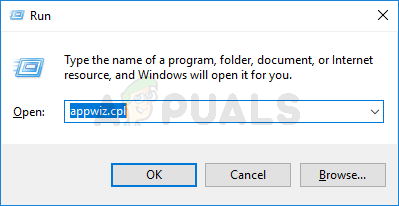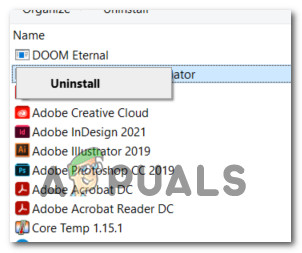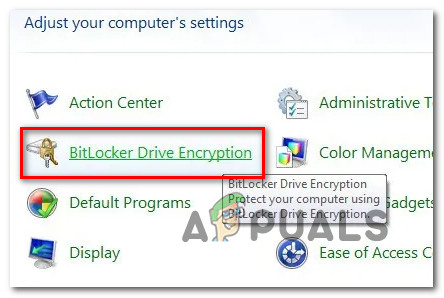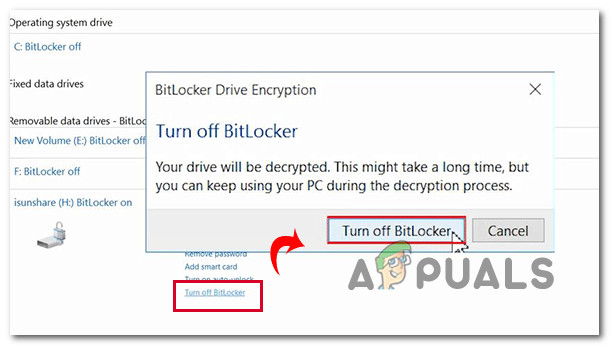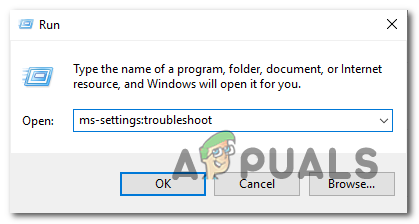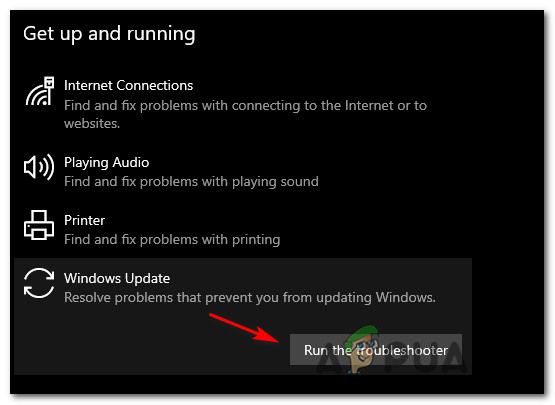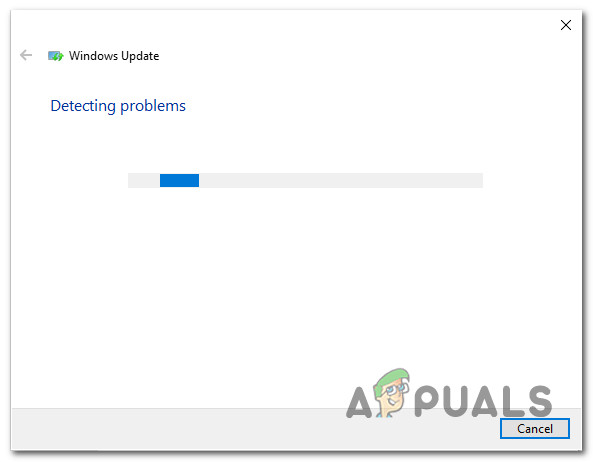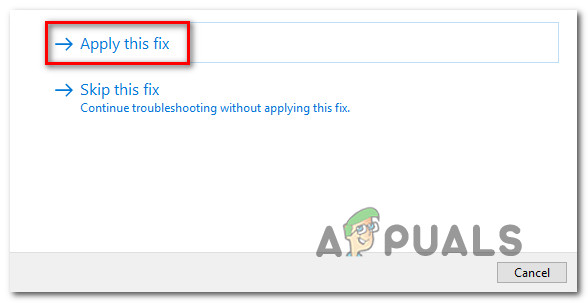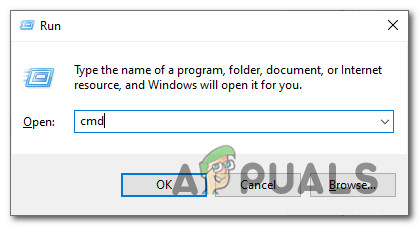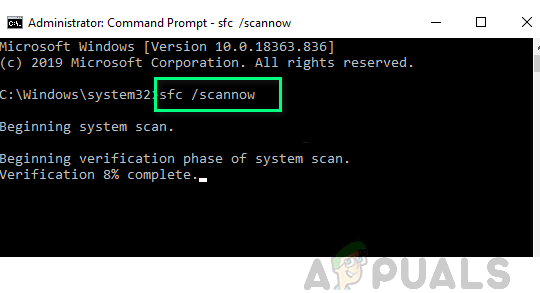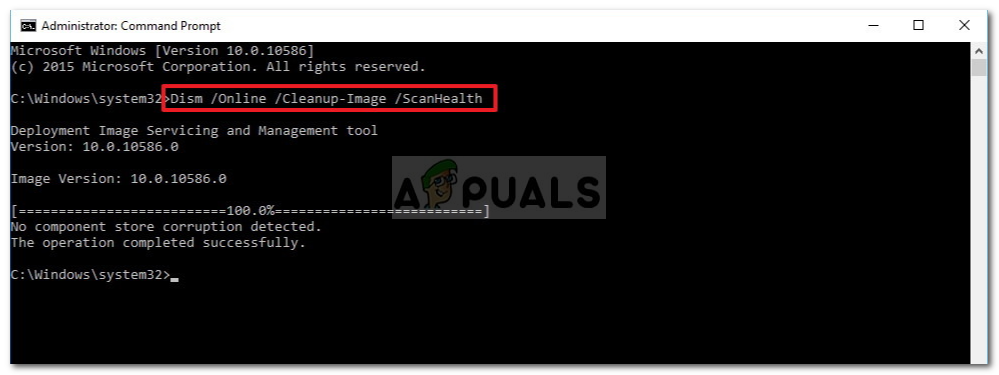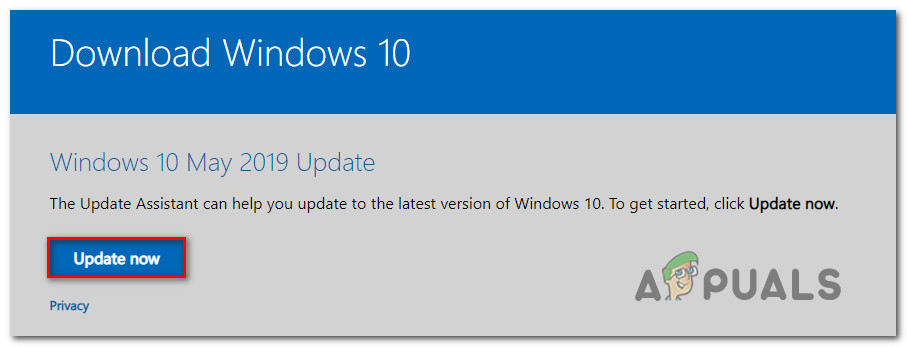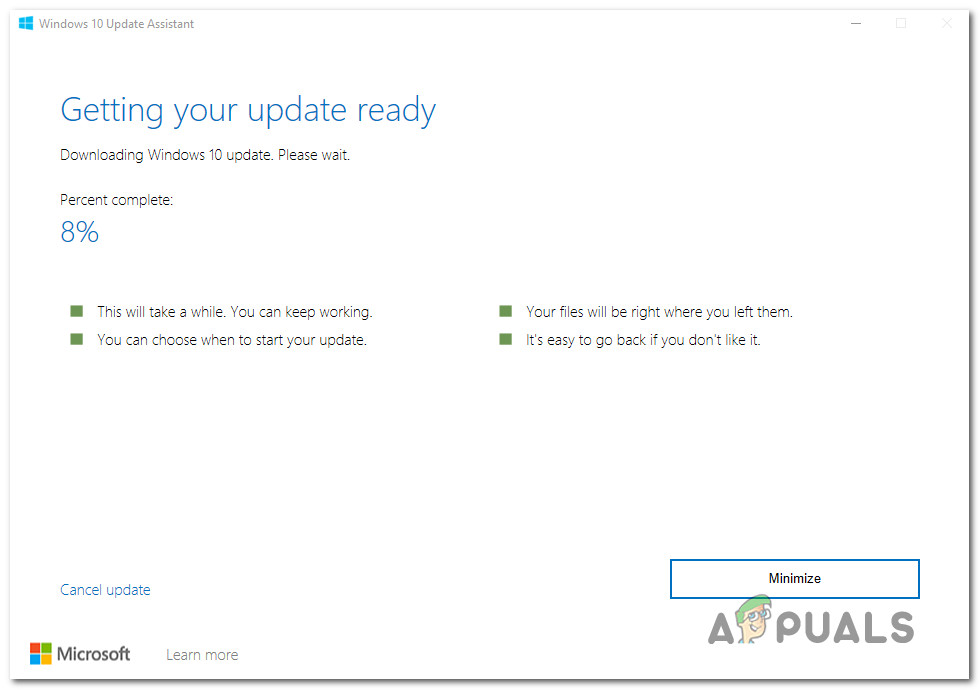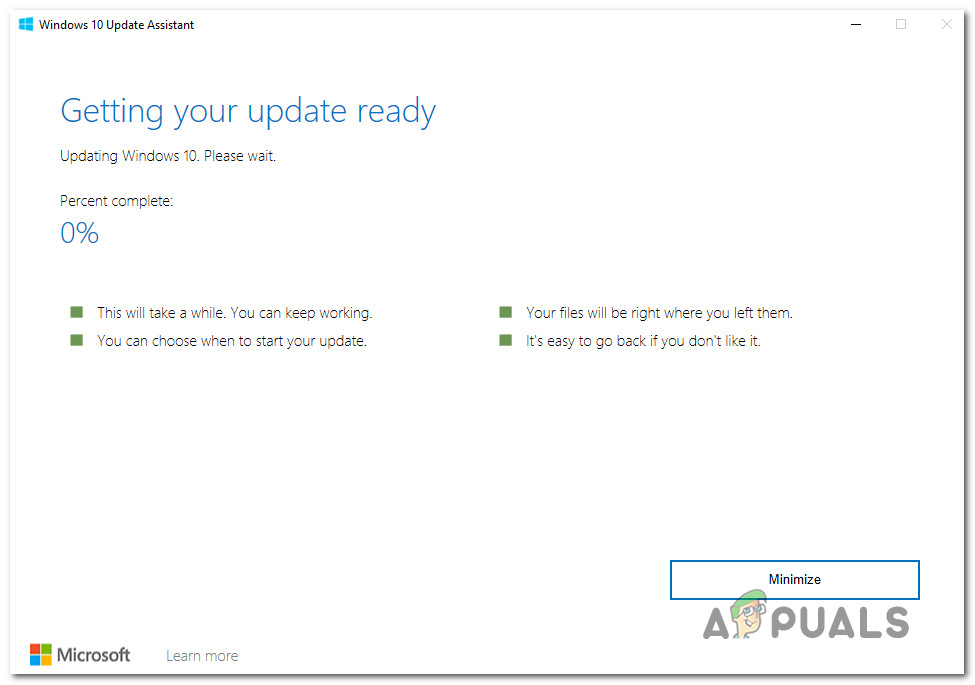After investigating this particular issue thoroughly, it turns out that there are several different underlying issues that might trigger this Windows Update error code. Here’s a list of potential culprits: Now that you are familiar with every potential cause of this issue, here’s a list of verified fixes that other affected users have successfully used to get to the bottom of this error code:
1. Deleting Dell Encryption and Dell Data Security (if applicable)
If you’re encountering this issue on a Dell computer, laptop, or ultrabook, chances are this particular issue is being caused by an interfering service maintained by the Dell Encryption or Dell Data Security programs. As it turns out, there is one service that is shared between these two applications that is known to conflict with the installation of the 1903 feature update. Several Dell users that we’re also encountering the 0XC19001E2 error code while attempting to install a feature update, have confirmed that the issue was resolved and pending Windows Update was finally installed after they went through the trouble of uninstalling both Dell Encryption and Dell Data Security. If you find yourself in this particular scenario, follow the instructions below to uninstall Dell Encryption and Dell Data Security and ensure that you’re not leaving behind any remnant files: If this scenario was not applicable or you have already uninstalled the problematic Dell supporting software to no avail, move down to the next method below.
2. Pause Bit-Locker (if applicable)
As it turns out, another fairly common cause that might cause the 0XC19001E2 error when attempting to install a feature update is Bitlocker. This feature allows you to encrypt the entire system drive to protect your personal files, but it’s known to sometimes conflict with the installation of certain Windows Updates. Several users dealing with the same problem have confirmed that the problem was finally resolved after they temporarily paused Bit-Locker and installed the feature update before resuming the encryption feature. If you’re currently using BitLocker on the affected computer, follow the instructions below to temporarily pause it: If you aren’t using BitLocker you already tried this fix to no avail, move down to the next potential fix below.
3. Running the Windows Update Troubleshooter
Now that we’ve eliminated any potential causes that might be triggered by a 3rd party component, let’s start investigating culprits that have to do with your system files. Before you go into more advanced repair strategies capable of resolving the 0xC19001e2, you should start by verifying if your OS installation is capable of resolving the issue automatically. Windows 10 includes a lot of built-in repair strategies capable of resolving the majority of failures to install a pending Windows 10 update. Some users that we’re facing this issue have managed to resolve the problem and install the pending update by running the Windows Update troubleshooter and applying the recommended fix. Note: The Windows Update Troubleshooter contains dozens of repair strategies that will be applied automatically if some type of inconsistency is found. If the scan finds a viable repair strategy, the utility will automatically recommend a viable fix that you can apply with a simple click. Follow the instructions below to deploy the Windows Update troubleshooter to resolve the 0xC19001e2 error code on Windows 10: If the error code 0xC19001e2 is still occurring when you attempt to install the pending update or the Windows Update troubleshooter didn’t find a viable repair strategy, move down to the next potential fix below.
4. Restart every relevant WU service
If the Windows Update troubleshooter was not able to resolve the 0xC19001e2 error, you’re likely dealing with a persisting bug that is affecting the Windows Update component. In this case, the best course of action is to deploy the same repair strategies in order to reset every Windows Update component that might be causing issues with your pending Windows updates. Note: The most common instance that will cause this kind of issue is one or more WU (Windows Update) components that are currently stuck in a limbo state (they’re neither open nor closed). If this scenario is applicable, you will be able to fix the problem by resetting all WU components that are involved in the updating process. Follow the instructions below for step by step instructions on how to do so: If the same 0xC19001e2 error is still occurring even after you followed the instructions above, move down to the next potential fix below.
5. Running SFC and DISM Scans
If refreshing every Windows Update component didn’t fix the issue, you should also consider that some kind of system file corruption is causing the 0xC19001e2 error. In this case, you should start by running a couple of scans with two built-in utilities – System File Checker (SFC) and Deployment Image Servicing and Management(DISM). Note: SFC and DISM share some similarities, but we recommend that you run both scans in quick succession in order to improve your chance of fixing the corrupted system files. The ideal place to start is with a simple SFC scan. Note: This tool is entirely local and will not require you to be actively connected to the internet. Important: Once you initiate this procedure, it’s very important to not close the CMD window even if the utility looks like it froze. Wait until the process is complete because interrupting the operation might cause logical errors on your HDD/SSD. Once the SFC scan is completed successfully, reboot your computer and see if the issue is fixed once the next computer startup is complete by attempting to install the Feature Update once again. I the same error is still occurring, deploy a DISM scan and follow the on-screen prompts to complete the operation. Note: This tool uses a sub-component of Windows Update to download healthy equivalents to replace corrupted system files. Due to this, you need to make sure that you have reliable Internet before initiating this operation. Once the DISM scan has been completed successfully, restart your computer once again and see if the 0xC19001e2 error is now fixed. In case you’re still dealing with the same issue, move down to the final method of installing the feature update and avoiding the error.
6. Using the Windows Update Assistant
If none of the methods above have worked for you, one last thing you should try is to circumvent the apparition of the error entirely by using the Windows Update Assistant to install the feature update that is causing the 0xC19001e2 error. A lot of users facing the problem when attempting to install a Windows update have confirmed that using Windows Update Assistant was the only thing that worked for them. Follow the instructions below to use the Windows Update Assistant to install the failing Windows Update:
Fix: Windows Update Error “We Couldn’t Connect to the Update Service”[SOLVED] One of the Update Services is not Running Properly in Windows UpdateLast Free Update For Windows 7 Released, KB4534310 And KB45343140 Are The Final…How to Update the Windows Update Agent to the Latest Version

